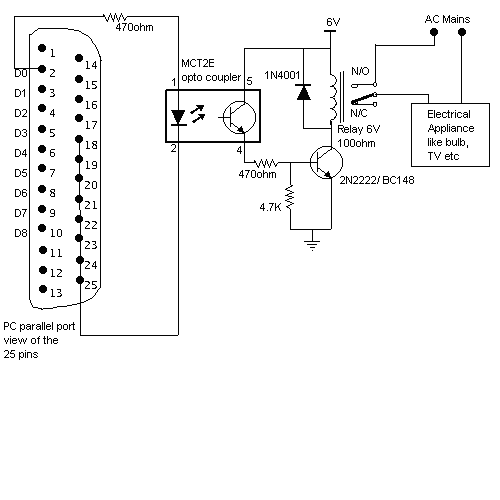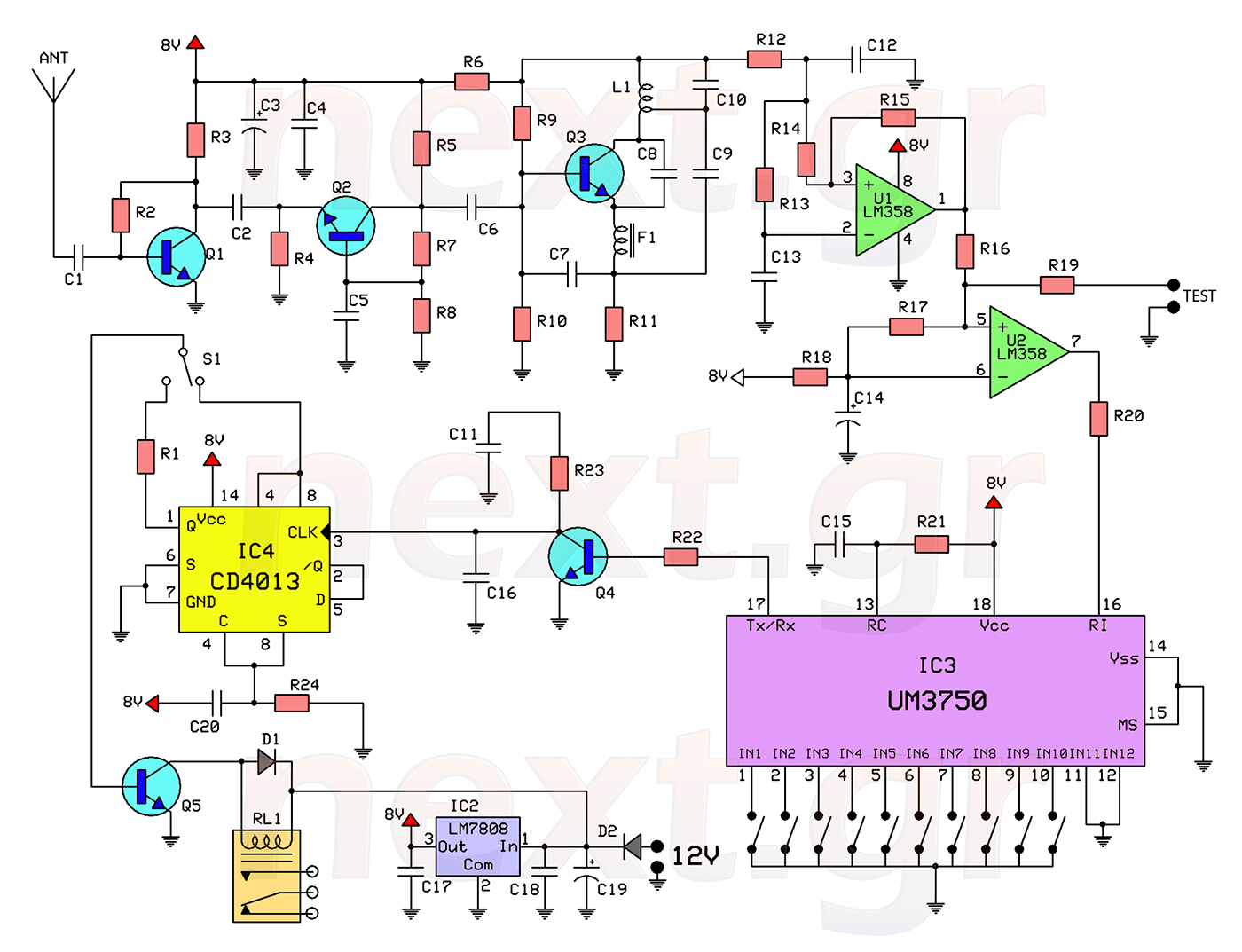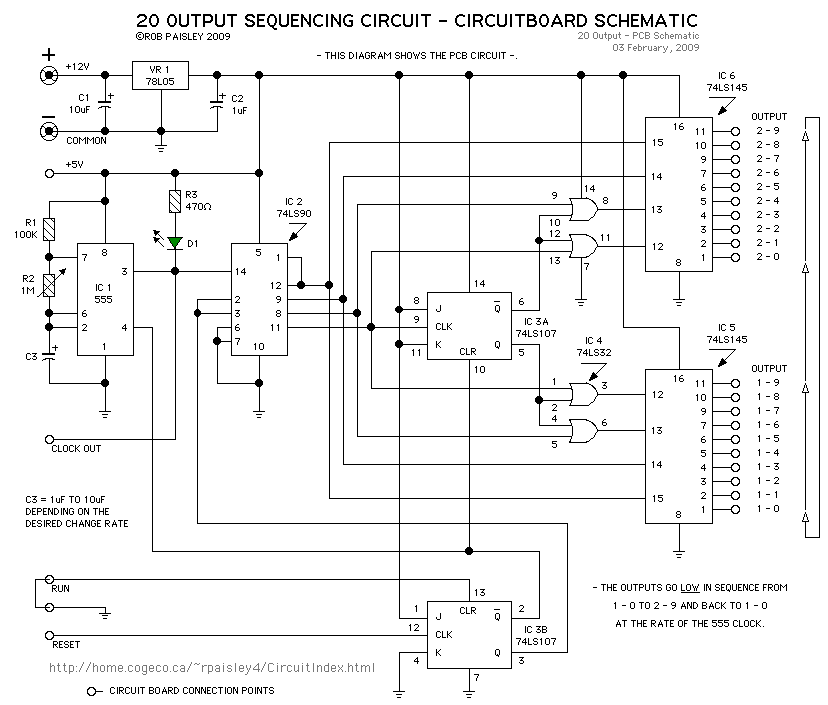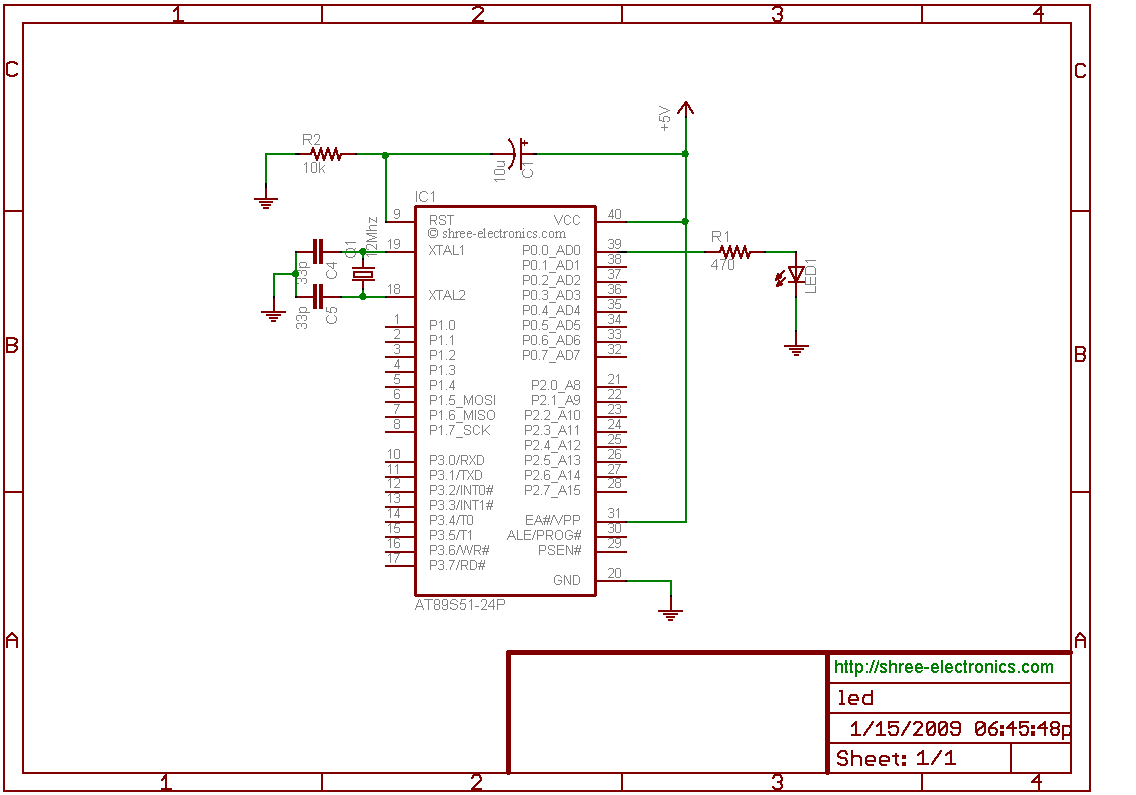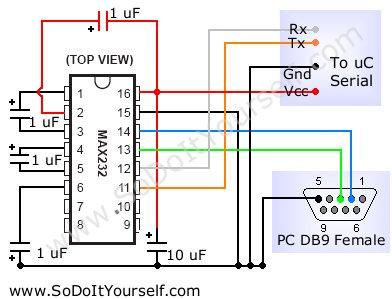
Control cables plus anti-interference capacitors
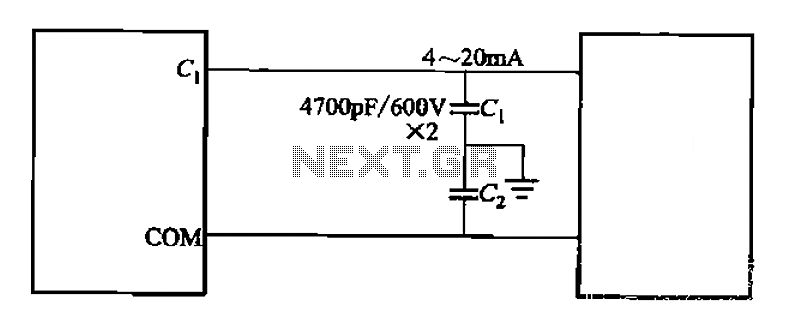
A capacitor filter is utilized in frequency control circuits and is a common method for implementing anti-jamming measures. It addresses frequency interference noise within the wiring of the 4-20mA control loop. The anti-interference is achieved through bypass capacitors C1 and C2, as illustrated in the accompanying figure. It is recommended that control cables be constructed using twisted pairs to enhance performance.
The capacitor filter circuit serves as an essential component in mitigating electromagnetic interference (EMI) in control systems, particularly those employing 4-20mA analog signals. The use of capacitors C1 and C2 acts as a low-pass filter, effectively shunting high-frequency noise to ground while allowing the desired signal to pass through with minimal attenuation. This filtering action is crucial in environments where external electromagnetic fields can induce unwanted voltage spikes or noise in the signal lines.
In practice, the placement of the capacitors should be as close to the load as possible to minimize the loop area and reduce the potential for inductive coupling of noise. The choice of capacitor values will depend on the specific frequency characteristics of the noise present in the environment, as well as the bandwidth requirements of the control signal.
Twisted-pair cabling is recommended for the control loop to further enhance noise immunity. The twisting of the wires helps to cancel out any induced noise from external sources, as the electromagnetic interference affects both wires equally, thereby reducing its impact on the differential signal. This configuration is particularly effective in industrial settings where heavy machinery may generate significant electrical noise.
Overall, the combination of capacitor filters and twisted-pair wiring provides a robust solution for ensuring signal integrity in control systems, thereby enhancing the reliability and accuracy of the 4-20mA control signals in various applications. Capacitor filter is adopted frequency control circuit commonly used anti-jamming measures. (1) frequency interference clamor of wiring in the cable core wire 4-20mA control plu s anti-interference bypass capacitors Cl and C2, as shown in FIG. Control cables as far as possible with a pair of twisted-pair.
The capacitor filter circuit serves as an essential component in mitigating electromagnetic interference (EMI) in control systems, particularly those employing 4-20mA analog signals. The use of capacitors C1 and C2 acts as a low-pass filter, effectively shunting high-frequency noise to ground while allowing the desired signal to pass through with minimal attenuation. This filtering action is crucial in environments where external electromagnetic fields can induce unwanted voltage spikes or noise in the signal lines.
In practice, the placement of the capacitors should be as close to the load as possible to minimize the loop area and reduce the potential for inductive coupling of noise. The choice of capacitor values will depend on the specific frequency characteristics of the noise present in the environment, as well as the bandwidth requirements of the control signal.
Twisted-pair cabling is recommended for the control loop to further enhance noise immunity. The twisting of the wires helps to cancel out any induced noise from external sources, as the electromagnetic interference affects both wires equally, thereby reducing its impact on the differential signal. This configuration is particularly effective in industrial settings where heavy machinery may generate significant electrical noise.
Overall, the combination of capacitor filters and twisted-pair wiring provides a robust solution for ensuring signal integrity in control systems, thereby enhancing the reliability and accuracy of the 4-20mA control signals in various applications. Capacitor filter is adopted frequency control circuit commonly used anti-jamming measures. (1) frequency interference clamor of wiring in the cable core wire 4-20mA control plu s anti-interference bypass capacitors Cl and C2, as shown in FIG. Control cables as far as possible with a pair of twisted-pair.
